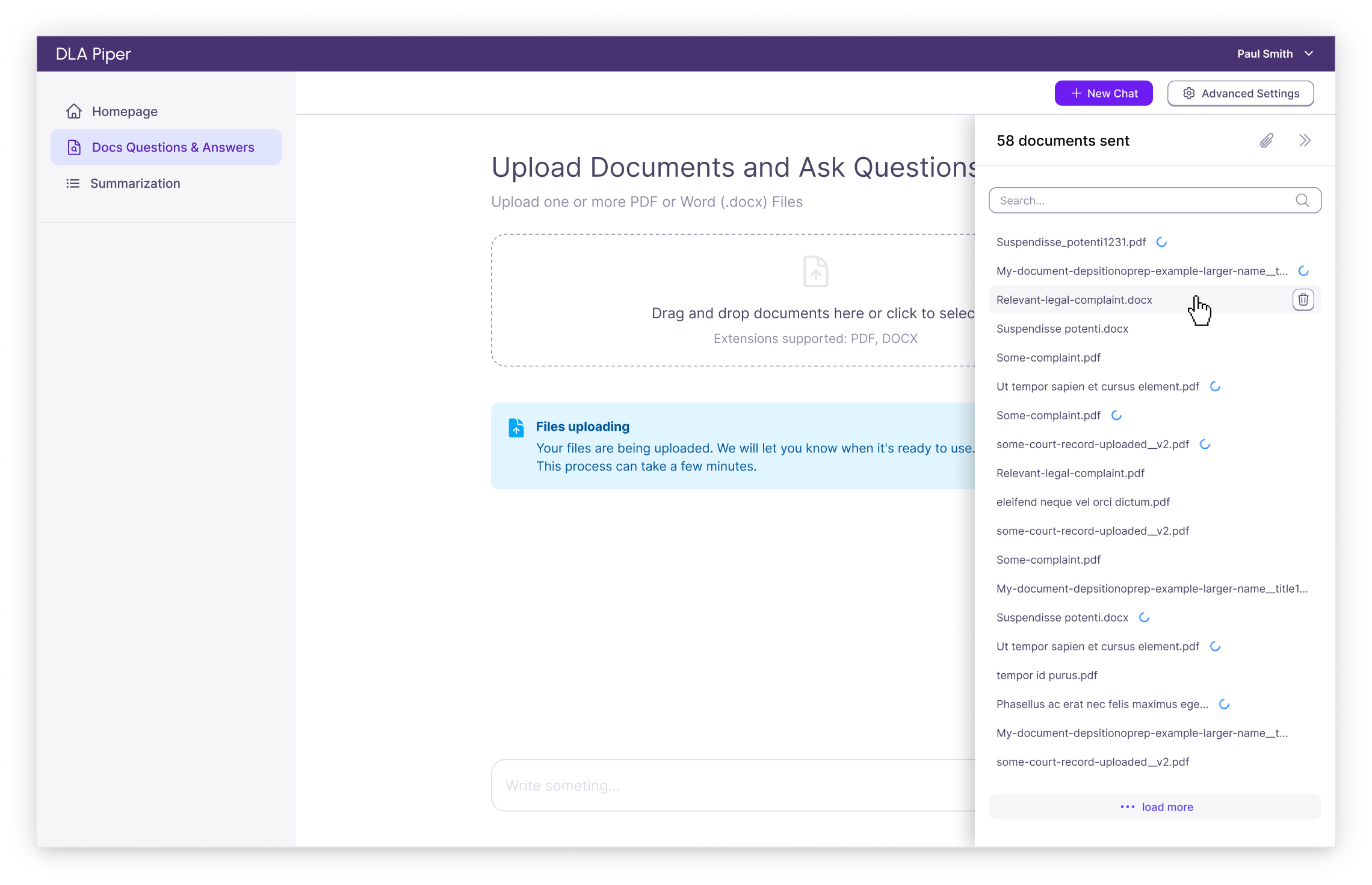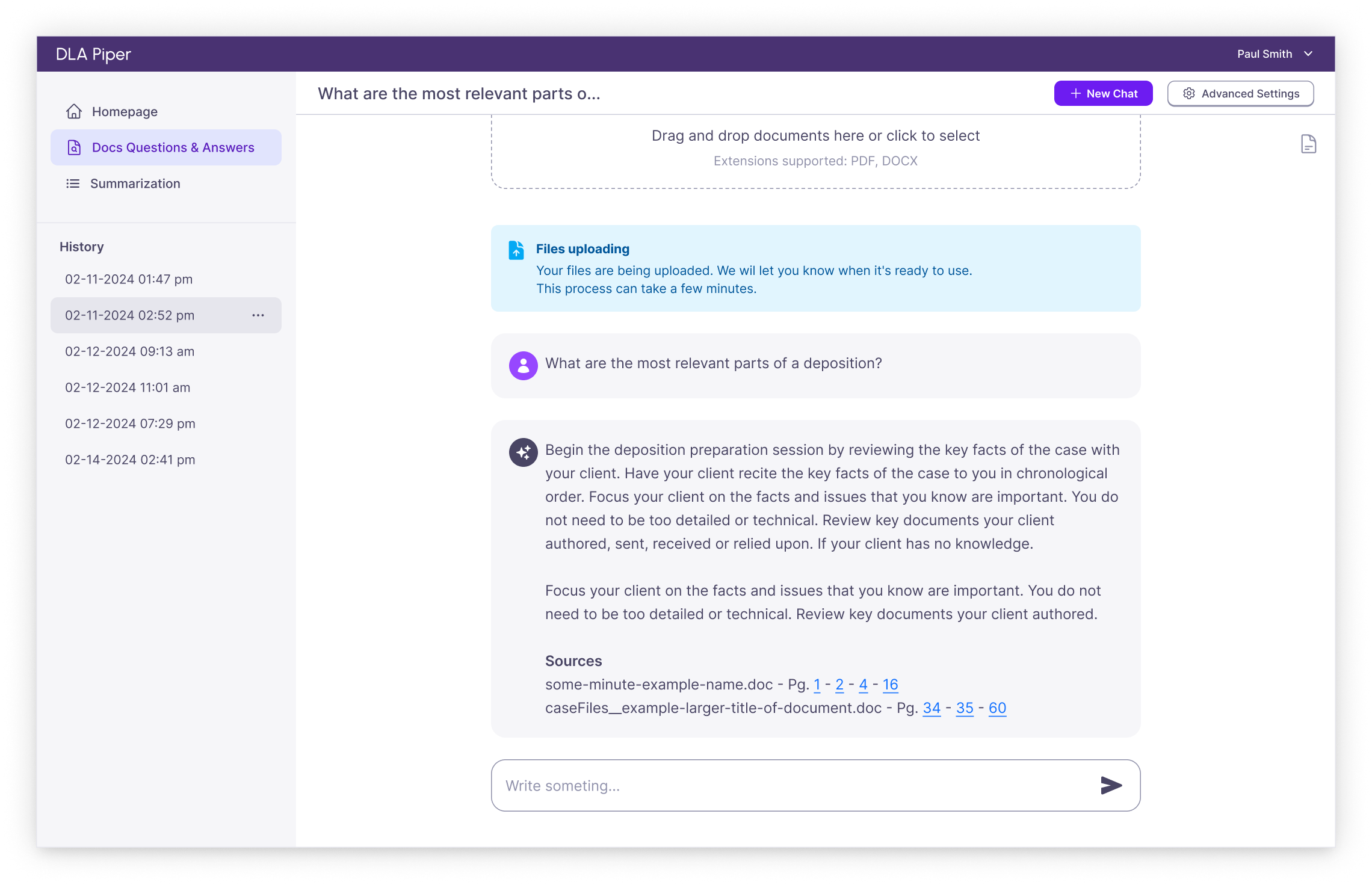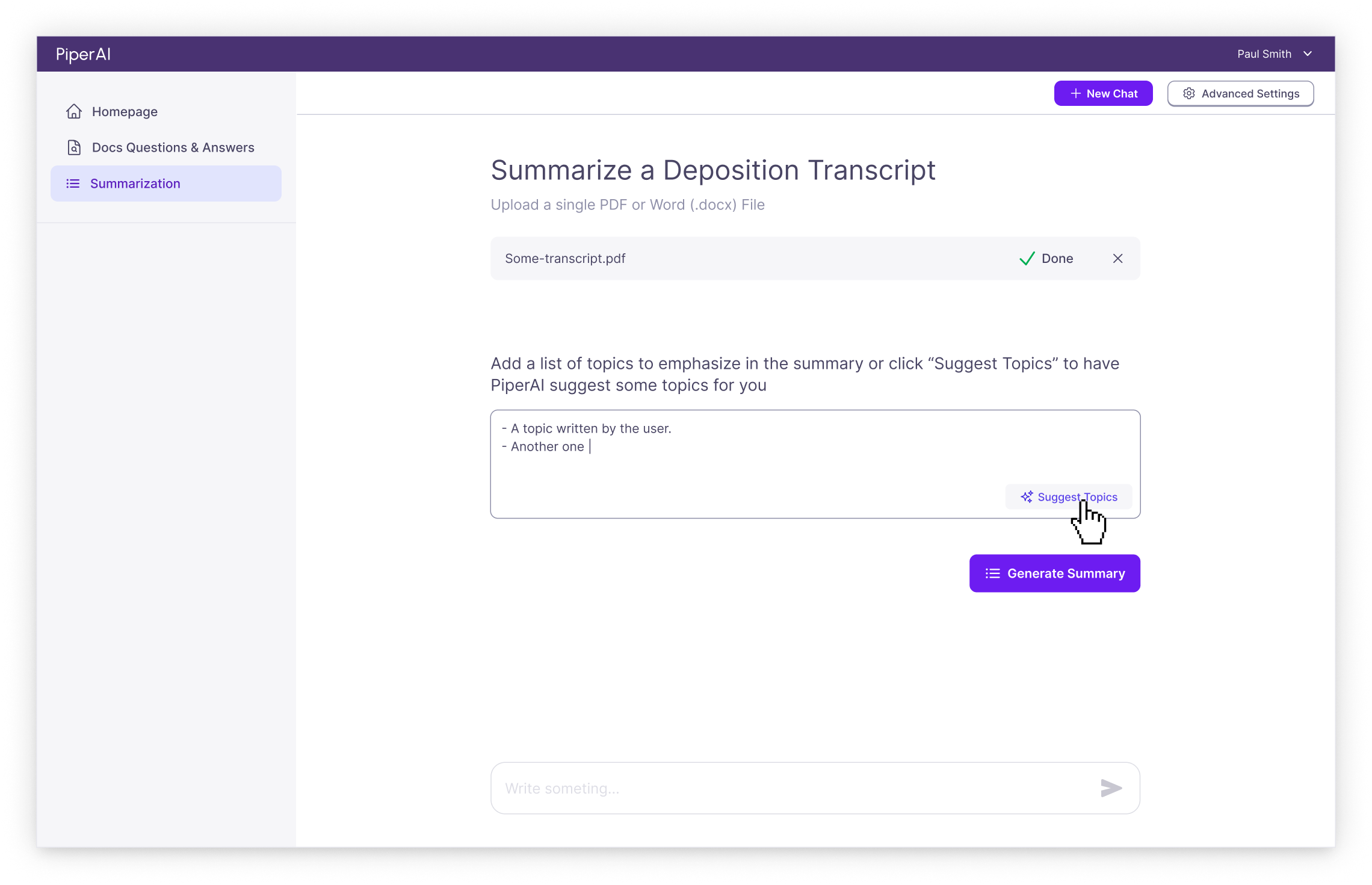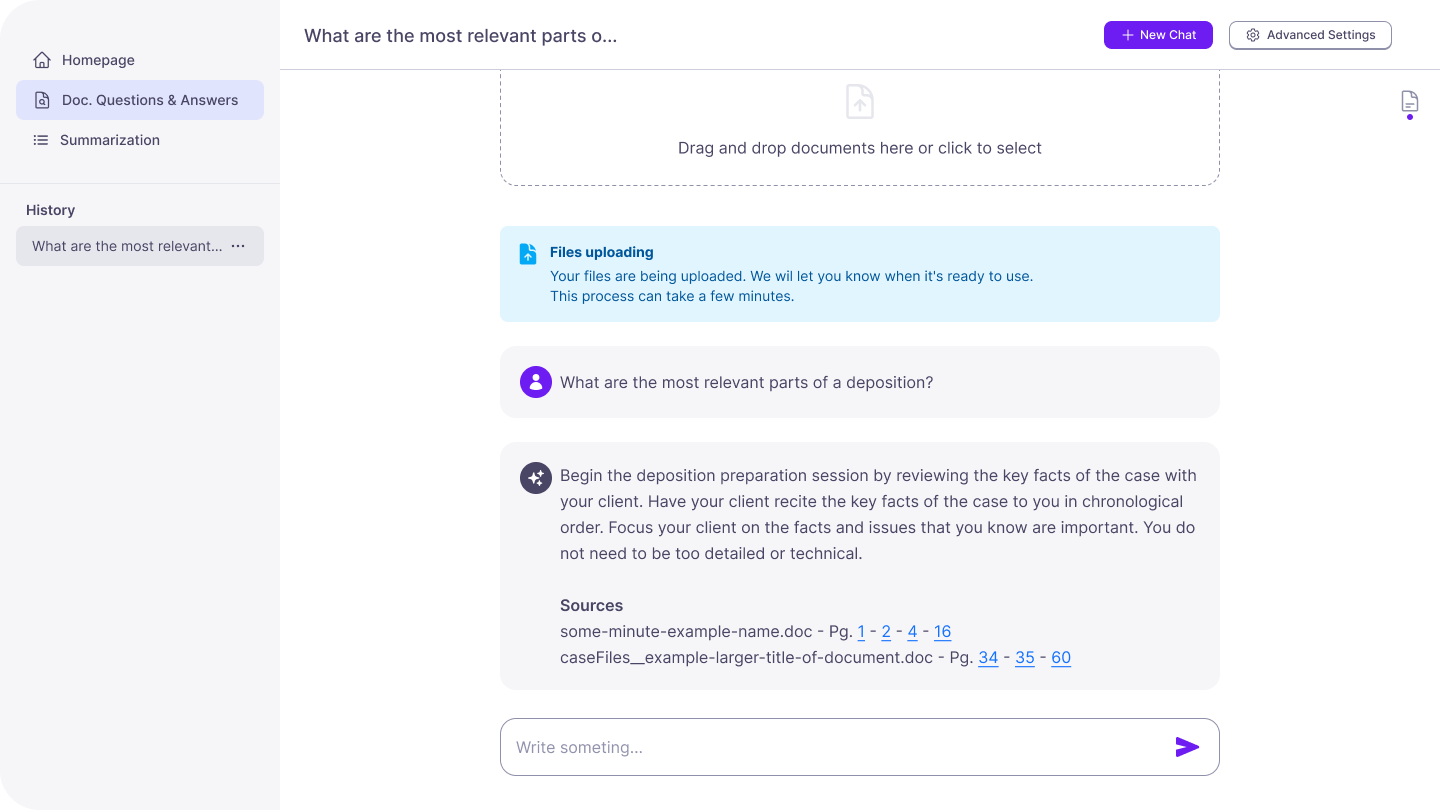
Company
DLA Piper
About the Company
DLA Piper is a law firm with offices in over 40 countries throughout the Americas, Asia Pacific, Europe, Africa, and the Middle East. In 2021, it was the third largest law firm in the United States by revenue
Period
Nov/2023 to Mar/2024
Responsible team
Aloysio França (UX/UI Designer)
Augusto Paredes (Project Manager)
Cristhian Jaramillo (Business Analyst)
Lourdes Garcia (Scrum Master)
Sebastian Giraldo (Software Engineer)
My Role
My role involved proposing and presenting user interaction flow solutions, designing interfaces, and standardizing components in an iterative and collaborative process to meet the client's business objectives.

DLA Piper aims to innovate in the Legal and Corporate LLM realm by launching a platform that serves both attorneys
and legal departments.
The platform's objective is to enable attorneys to upload documents and create a knowledge base. The uploaded documents documents
will be analyzed through AI to provide accurate analyses.
A conversational interface could be used so that lawyers can access the data.
The initial version came with the idea of creating a project, like a CRUD, to store documents and user interactions with the LLM.


Within the project framework, users would first upload documents, enabling subsequent access to the conversational prompter.
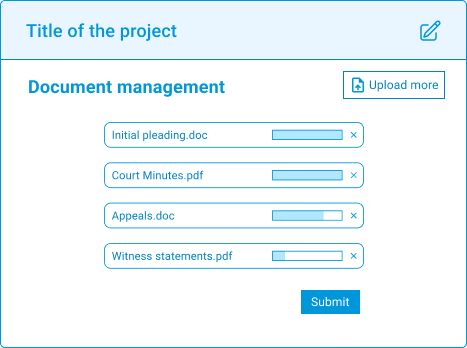
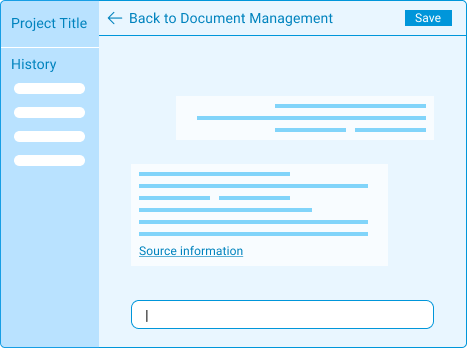
The project was a MVP (Minimum Viable Product), which means there was limited time to plan long-term interface strategies.
Nevertheless, it was crucial to establish consistency in the core elements.
In accordance with the front-end team, it was agreed to create unique main components.
The first set of components was designed and submitted to the client for approval. Below, you can find a selection of these designs.
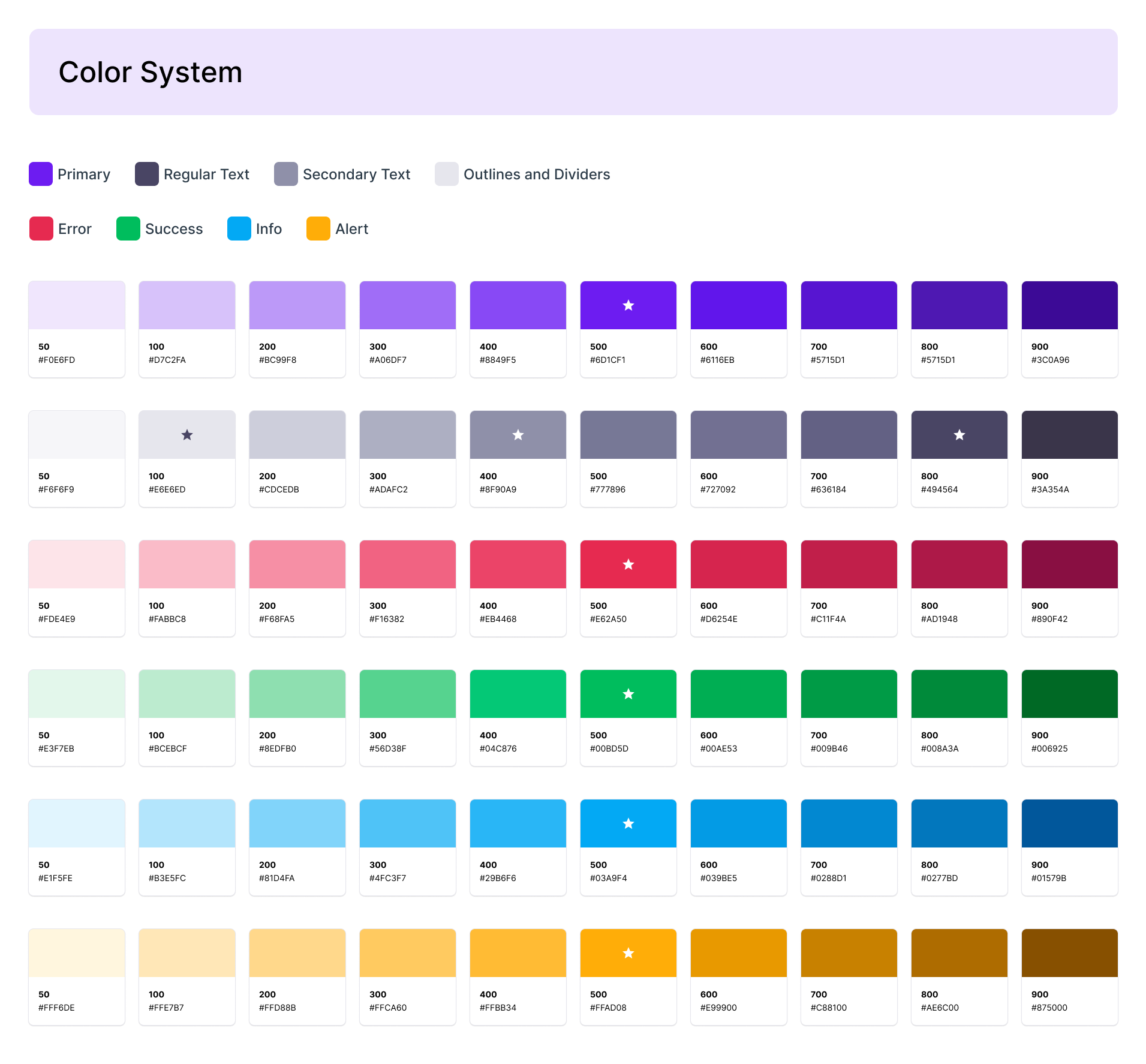
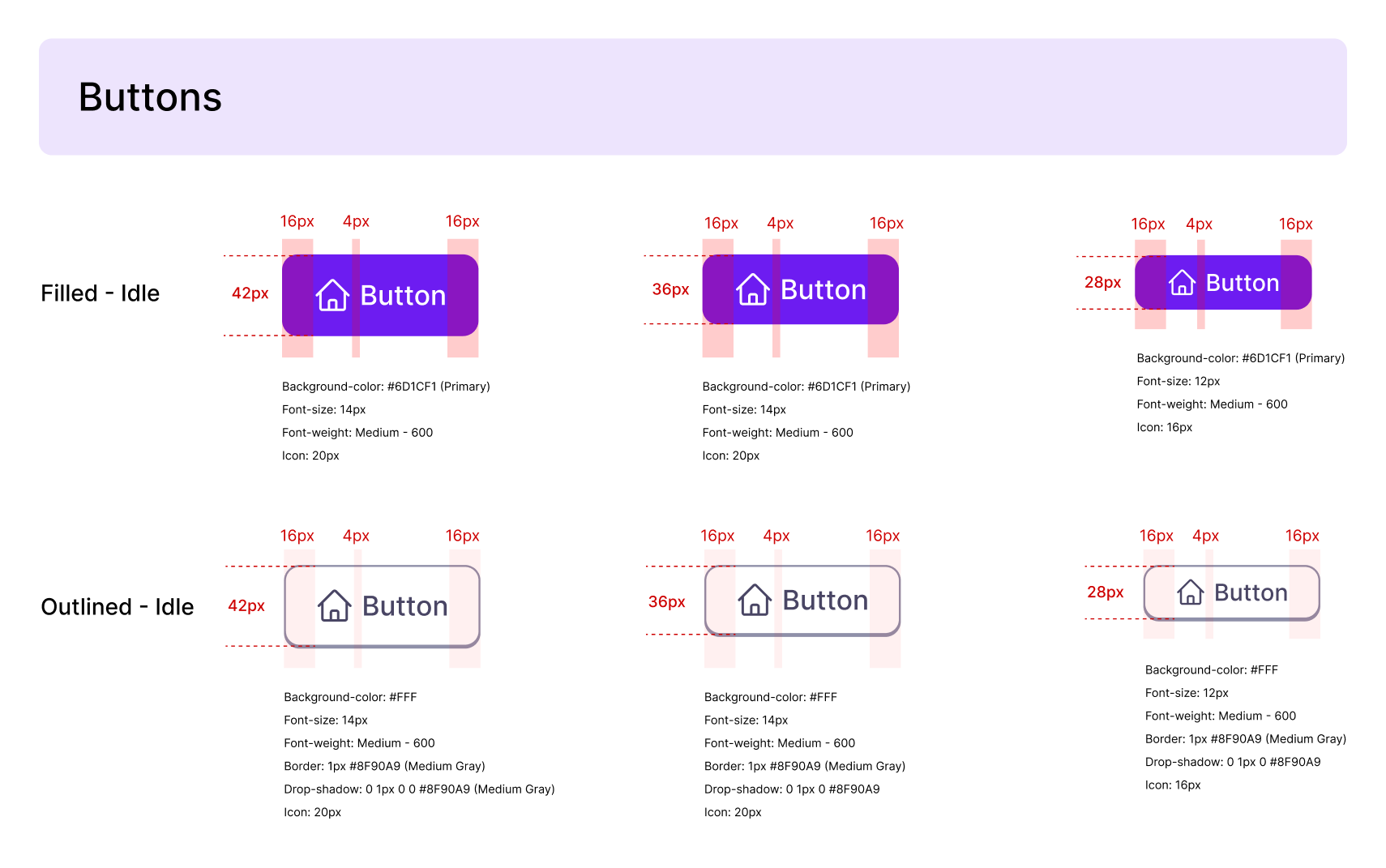

Below are the initial high-fidelity prototypes approved by the client,
including the project creation form and the document upload screen.
However, after several iterations with stakeholders, I opted for some transformations.
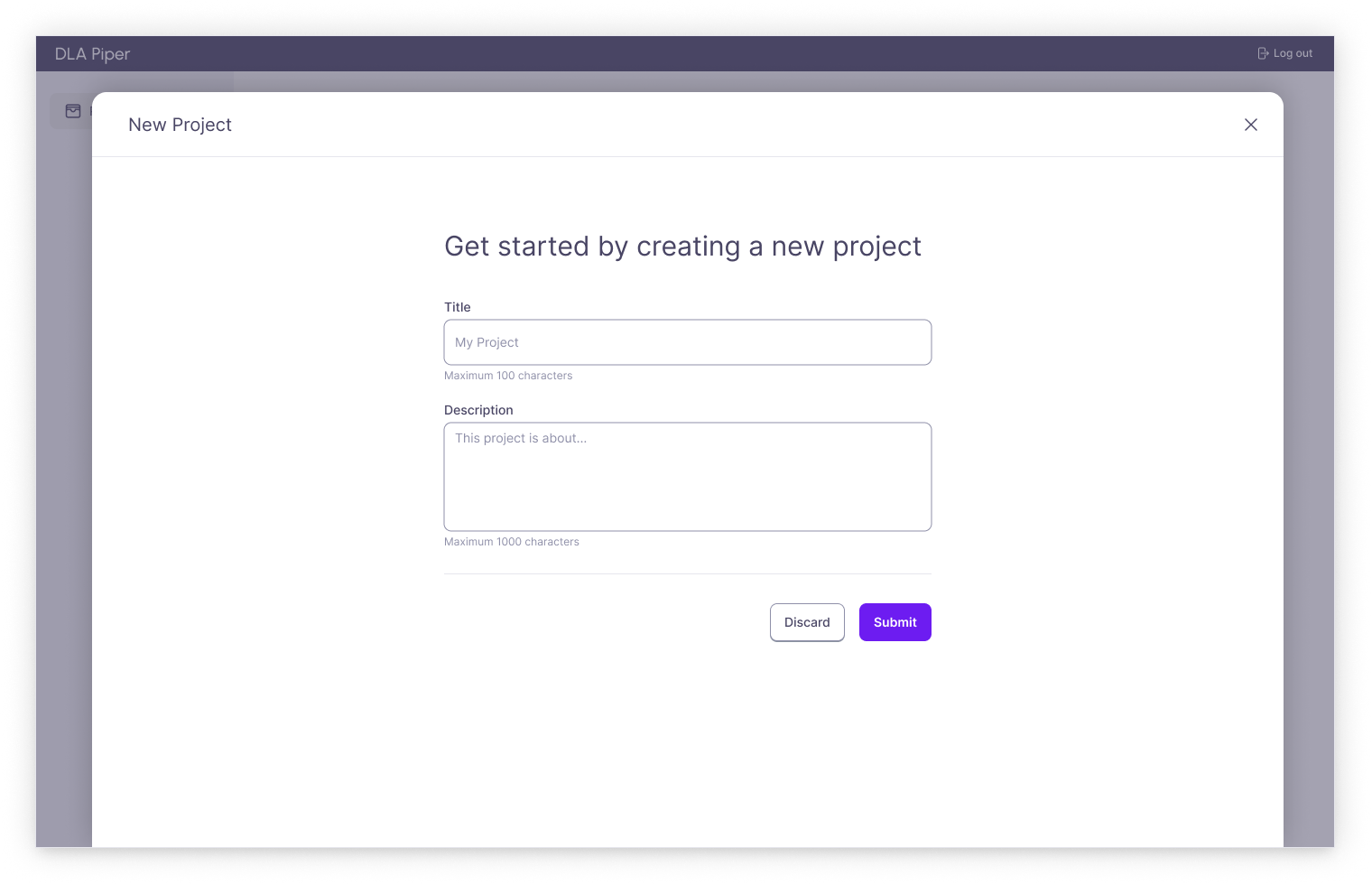
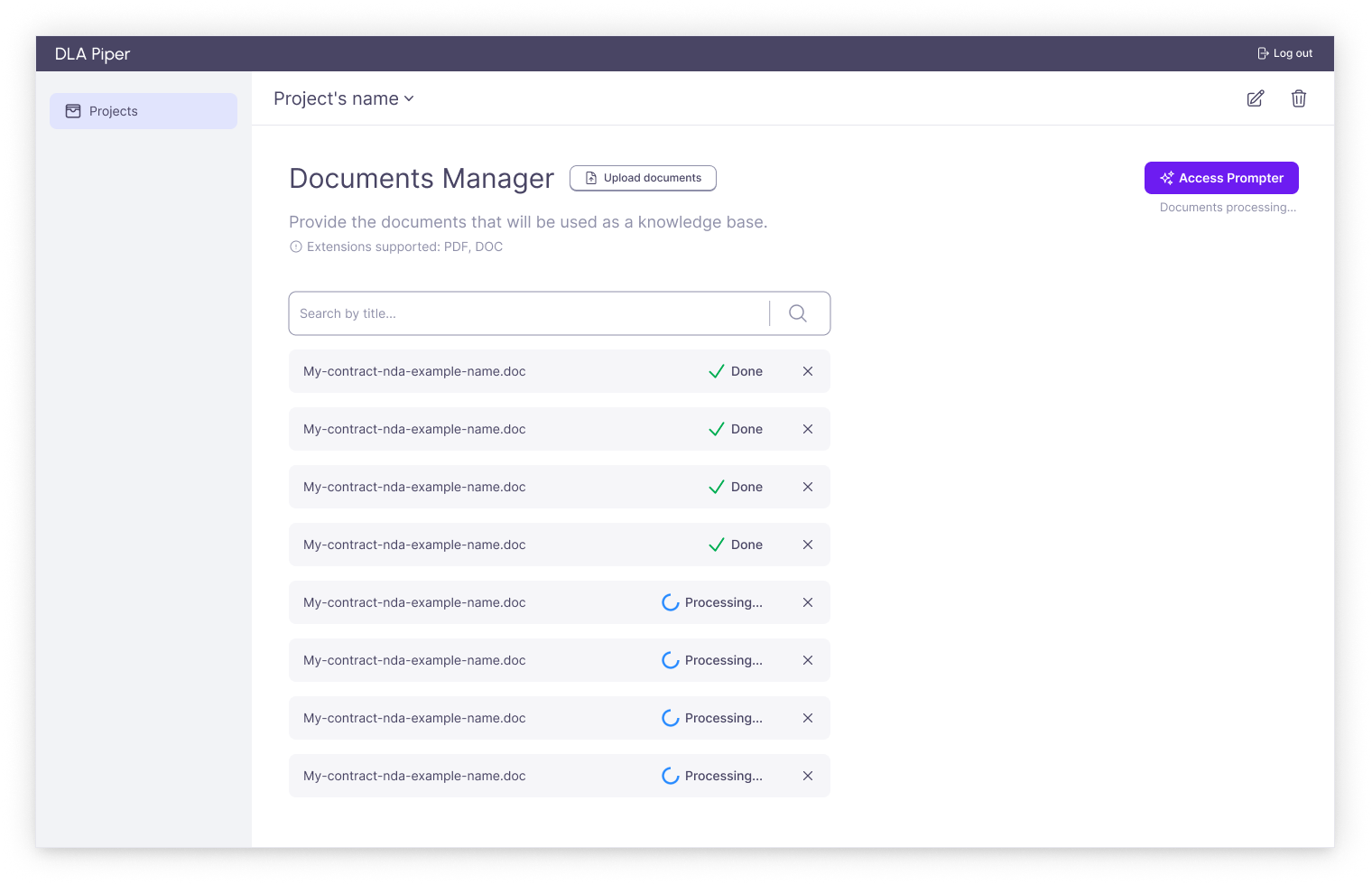
The client has expressed a stronger interest in a chat GPT-like approach.
Therefore, the decision was made, considering maintaining the already established architecture, to utilize the existing
Project entity (CRUD) from the previous version as items in the chat history.
Documents have now been allocated space within a drawer component for management.
Additionally, there was a functionality that was separated from this flow, related to more specific summaries
